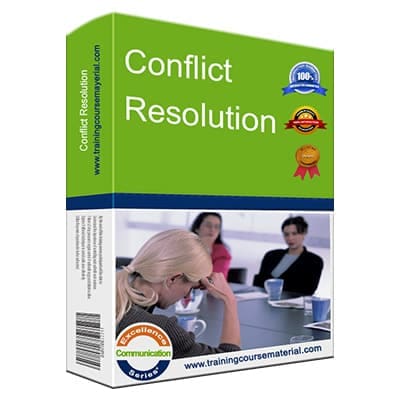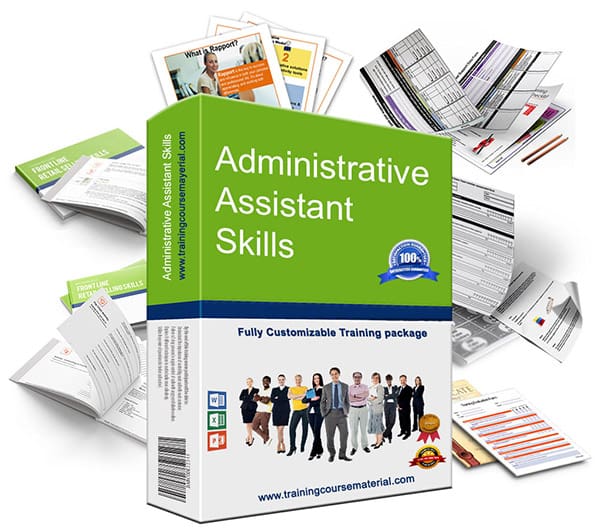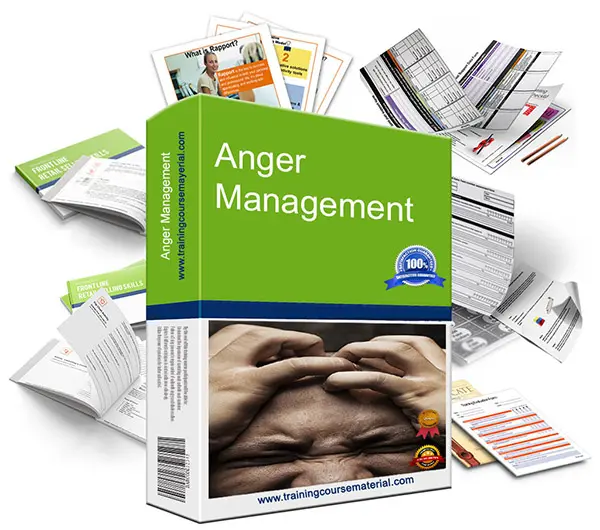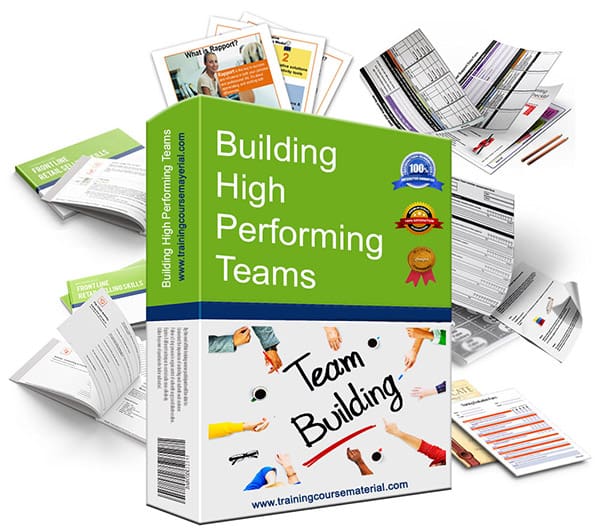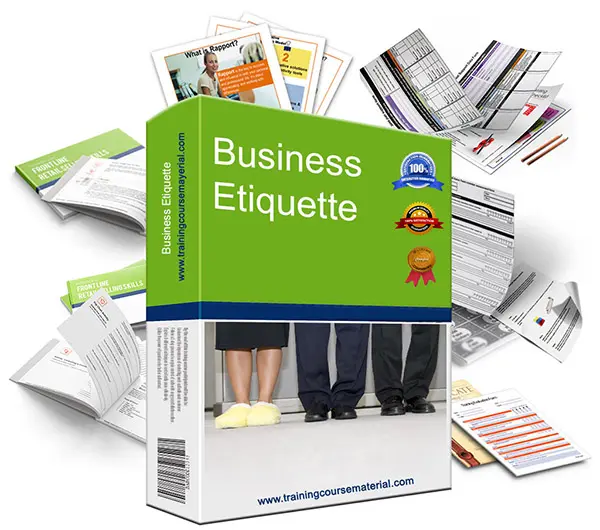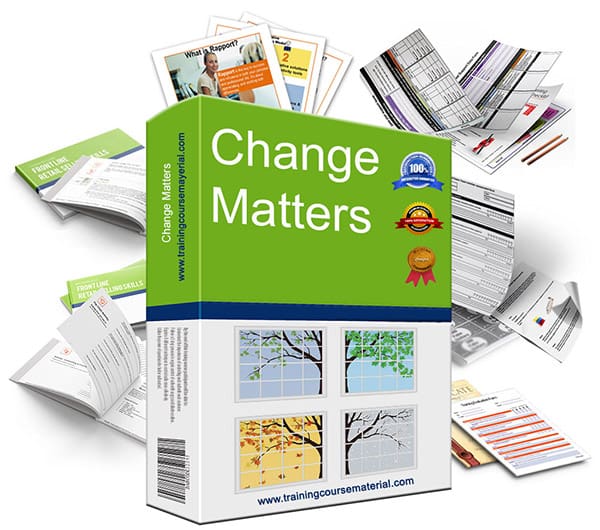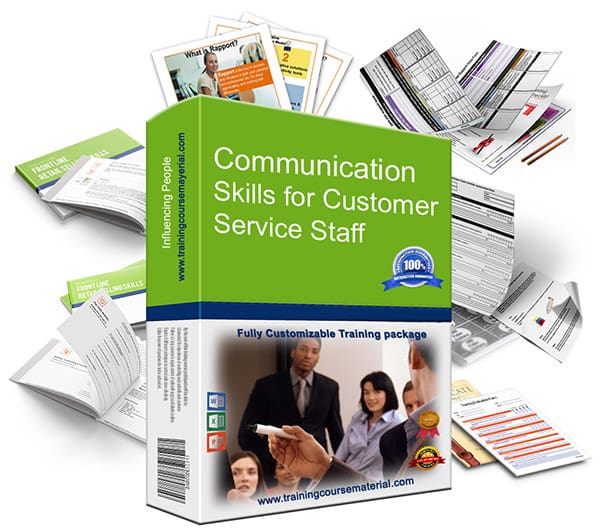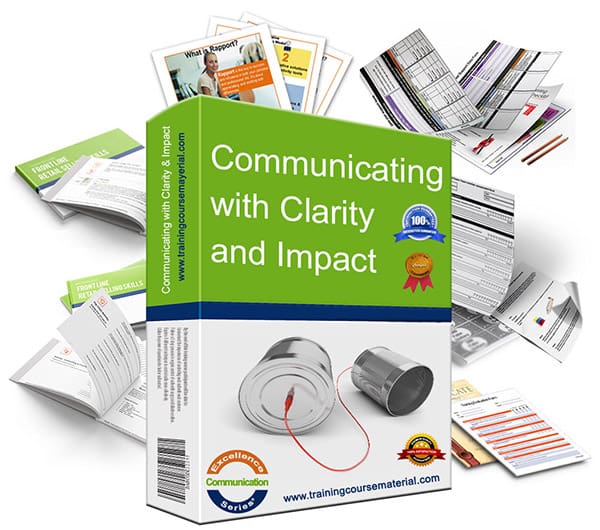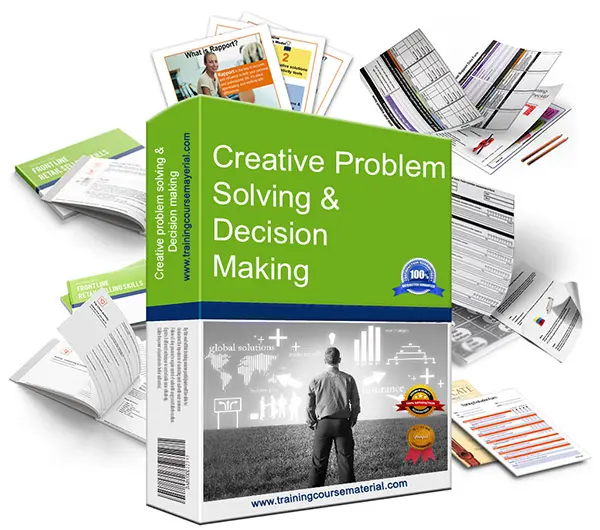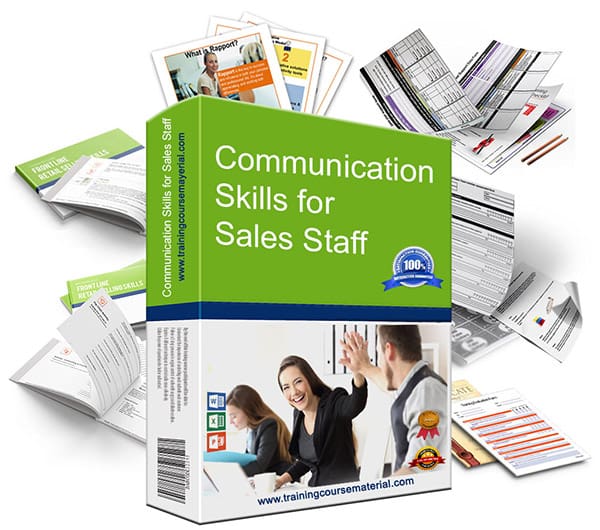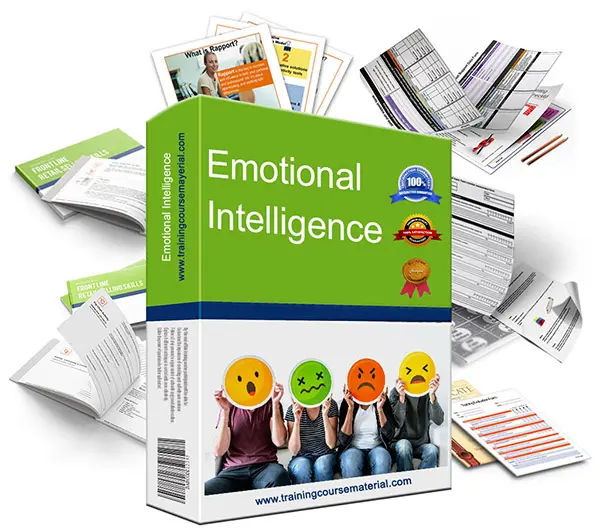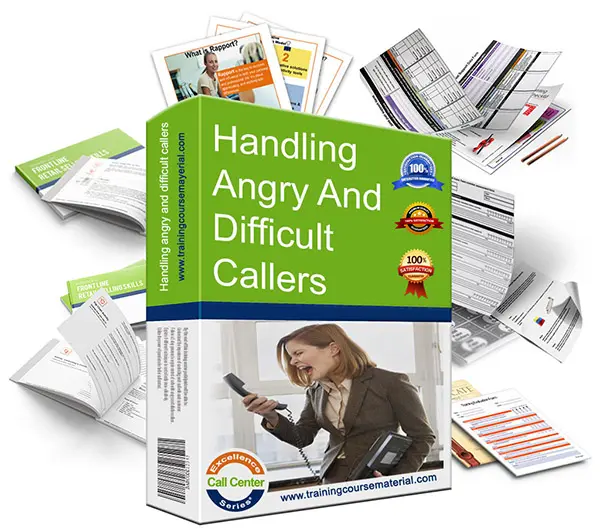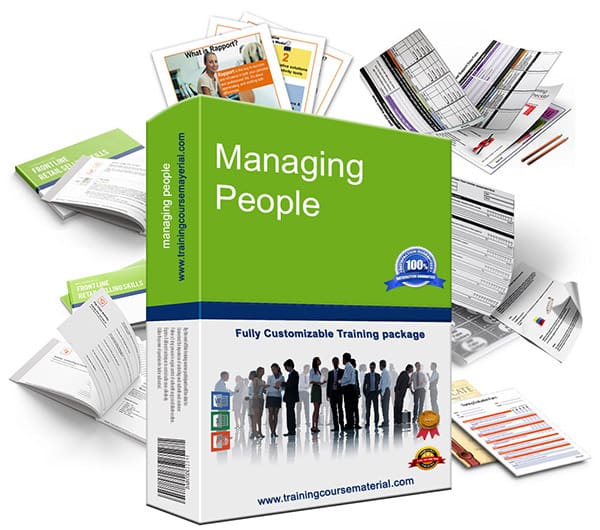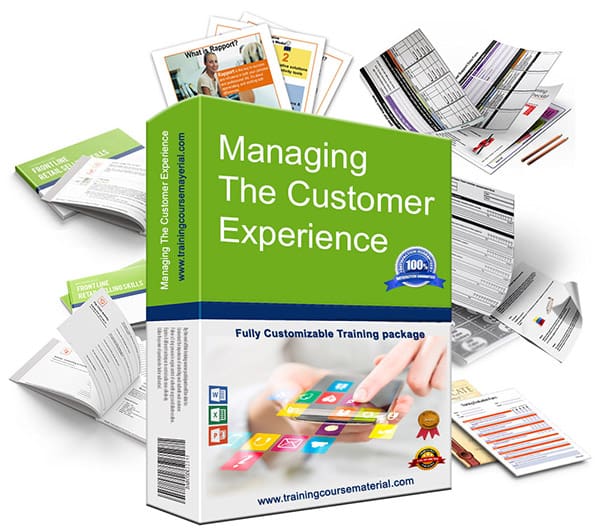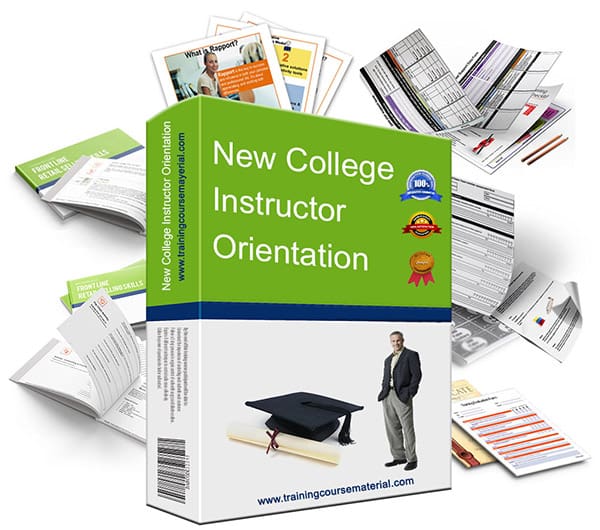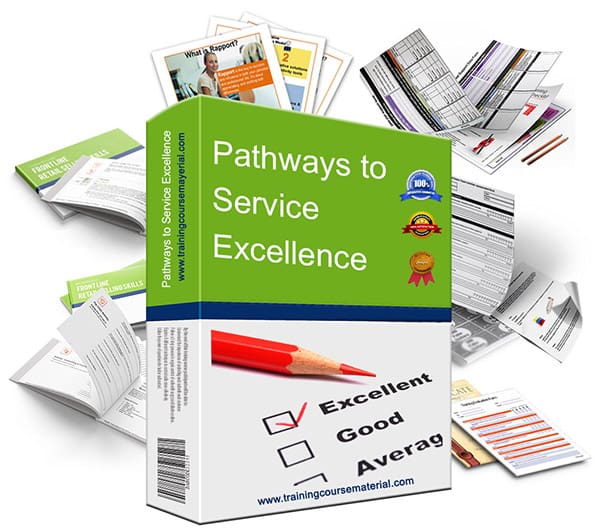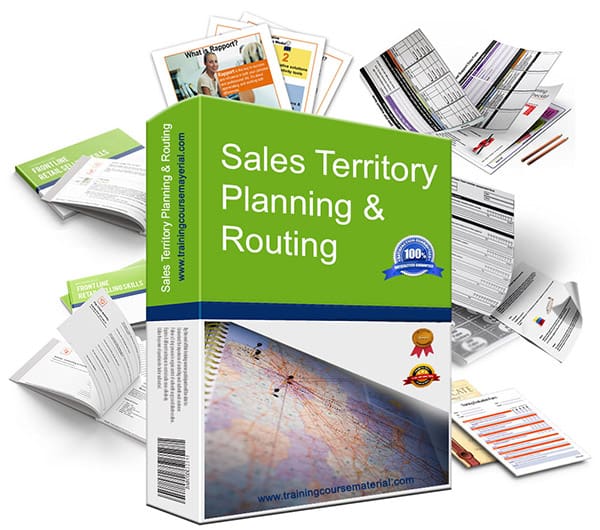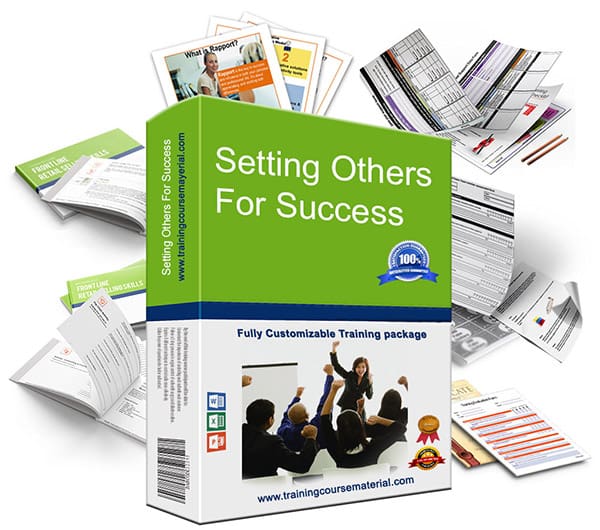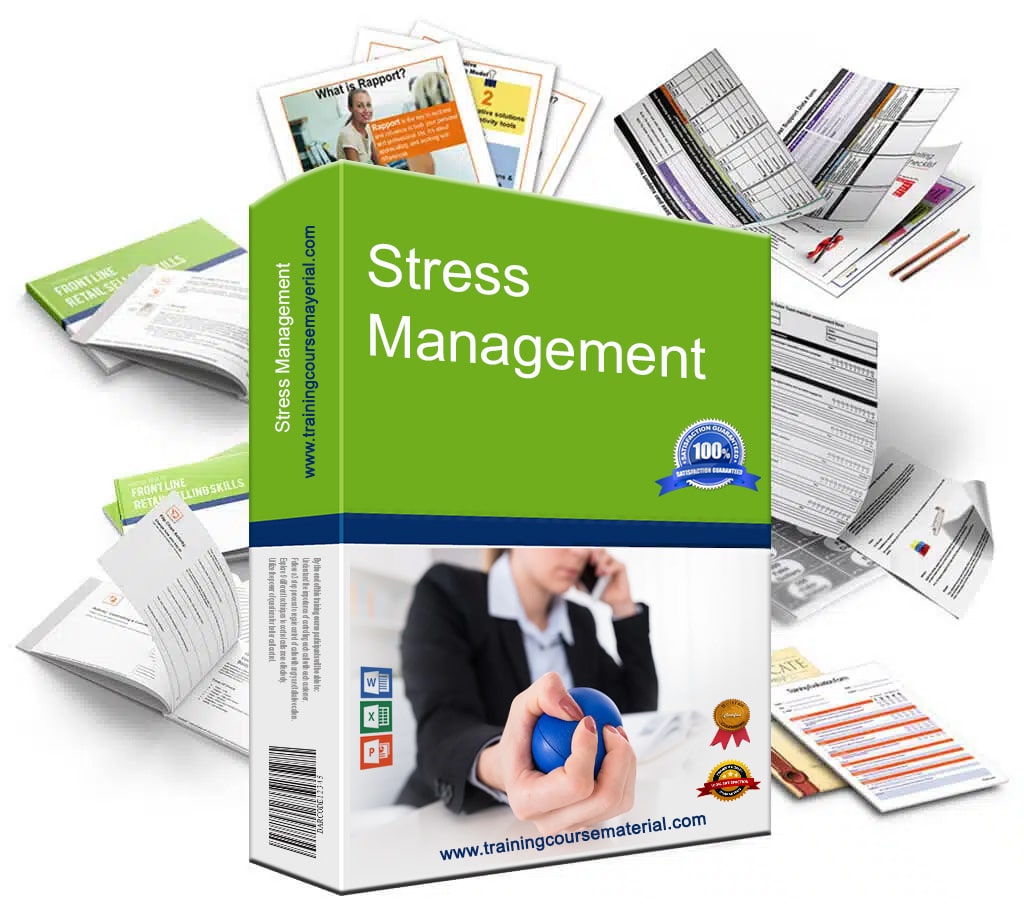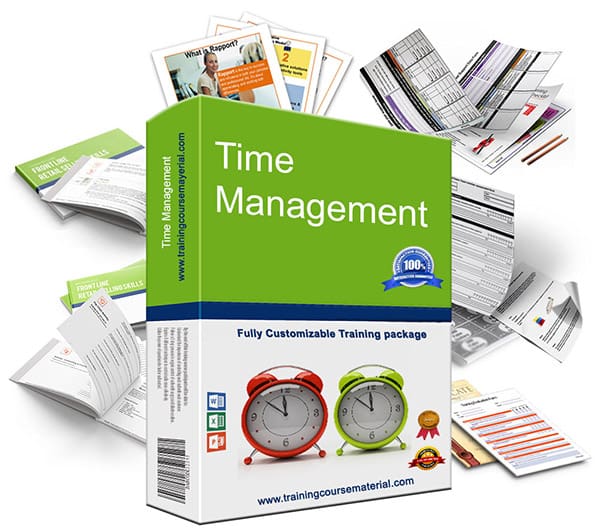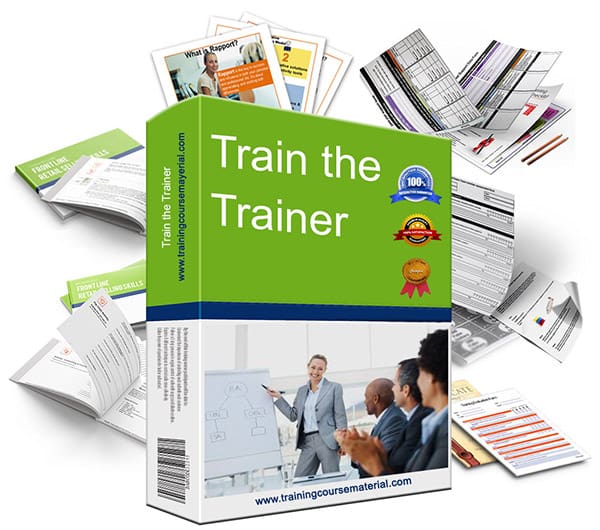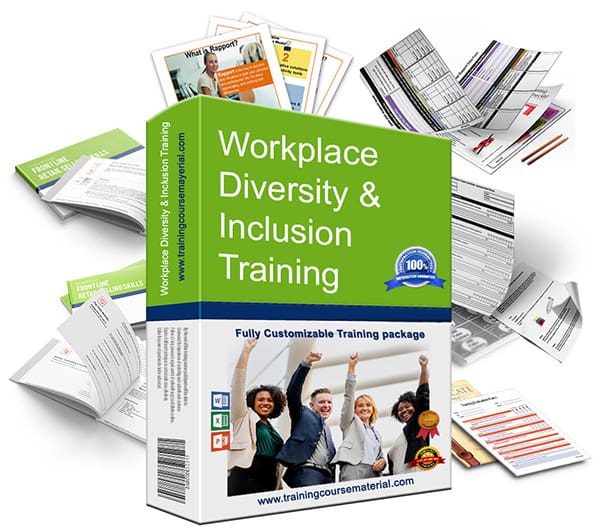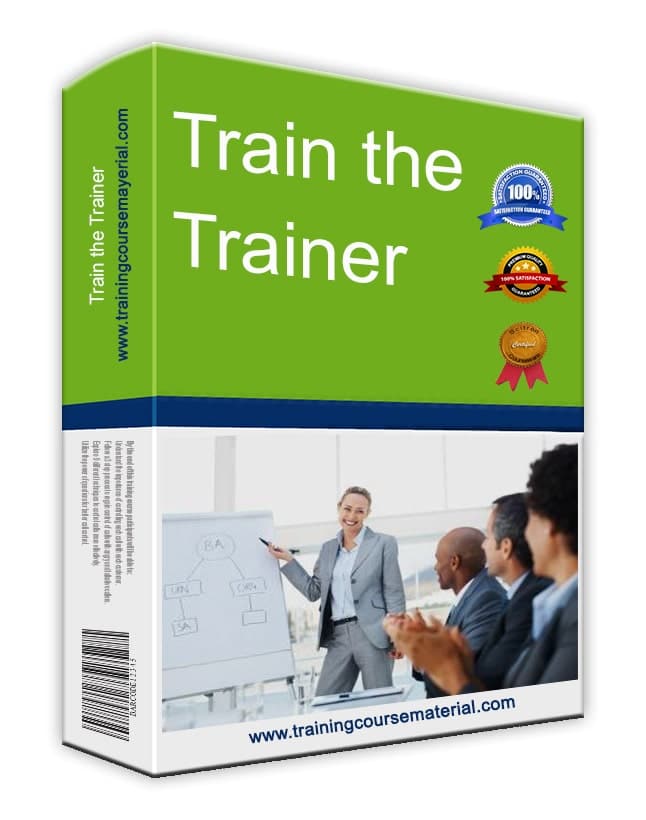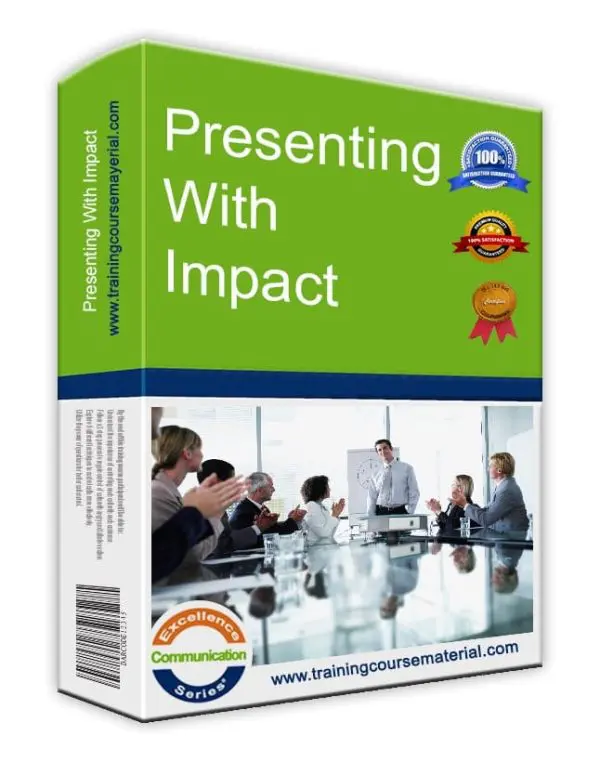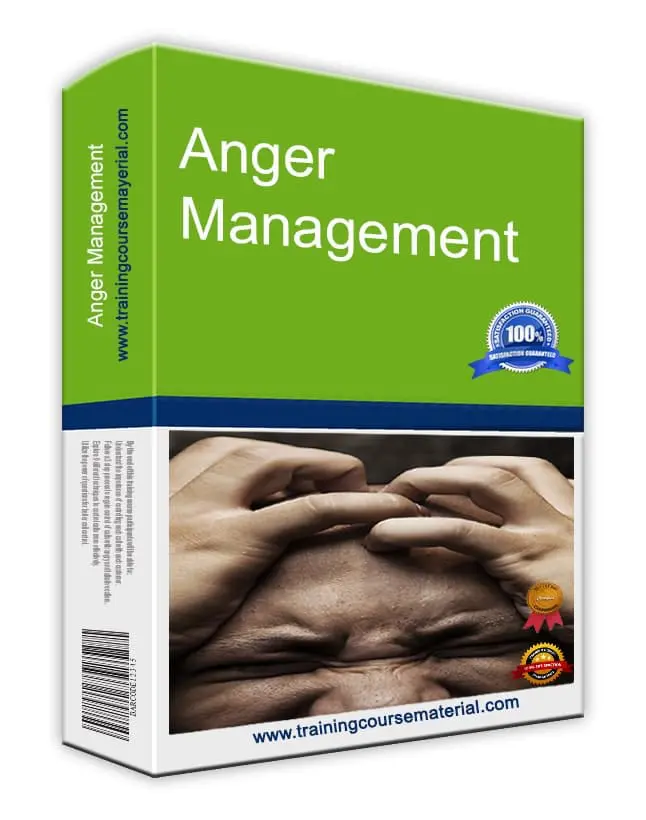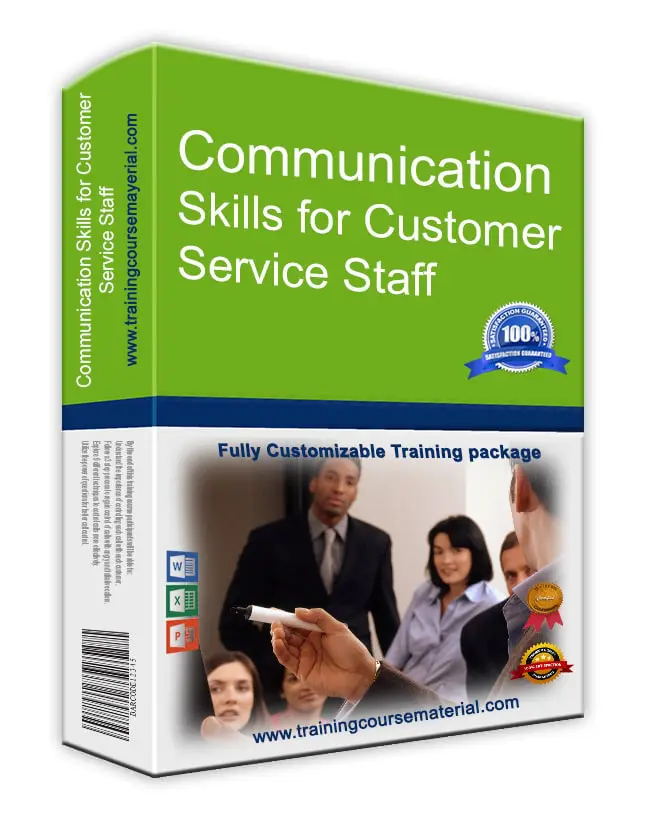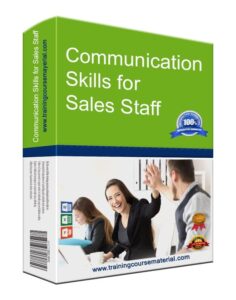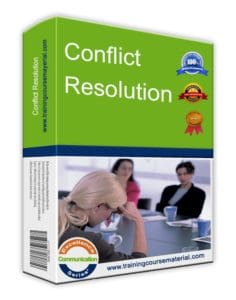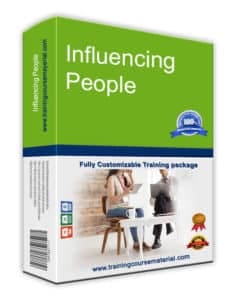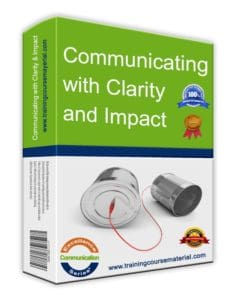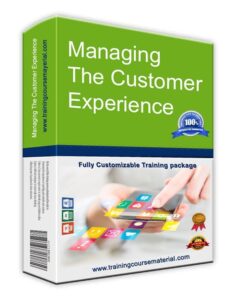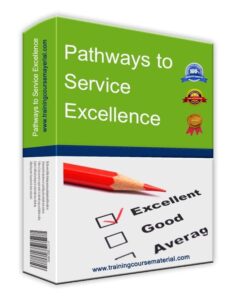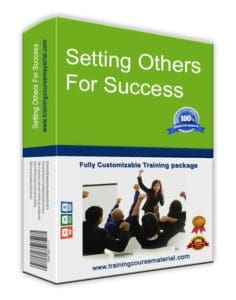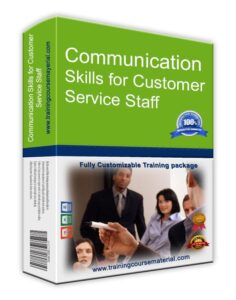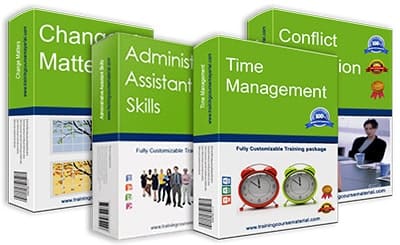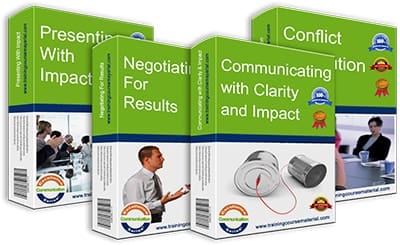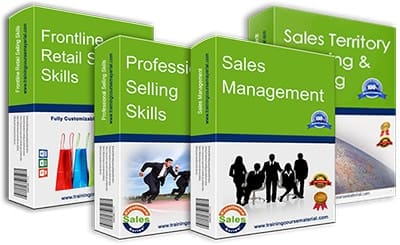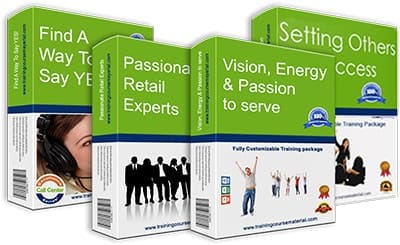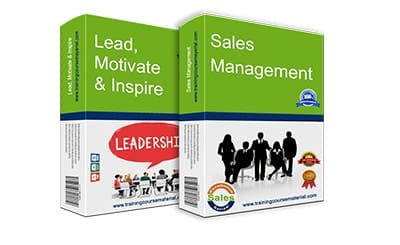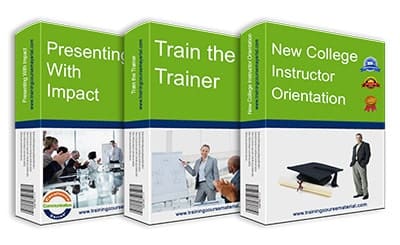Activity 1 – Conflict resolution role playing activity
Objective: To practice resolving conflicts through effective communication and active
listening.
Step-by-step instructions:
Divide participants into pairs or small groups.
Provide each group with a conflict scenario relevant to the context of the training program. For example, it could be a workplace disagreement, a misunderstanding between friends, or a customer service conflict or use the below scenarios as an example.
Assign roles to each participant in the group: one as the “conflict initiator” and the other as the “conflict resolver.”
Instruct the conflict initiators to express their concerns and emotions related to the scenario while conflict resolvers practice active listening and respond appropriately.
Encourage conflict resolvers to use techniques such as paraphrasing, asking open-ended questions, and showing empathy to understand the underlying issues better.
After the role-plays, have a group discussion where participants can share their experiences and the challenges they faced during the exercise.
Facilitate a reflection on the key learning points, including the importance of active listening, empathetic responses, and constructive communication in resolving conflicts.
Key Learning: This activity emphasizes the significance of active listening and empathetic communication in conflict resolution. Participants learn to understand the perspective of the conflicting parties and respond effectively, leading to better outcomes.
Scenario 1: Workplace Disagreement
Context: Two colleagues, Alex and Chris, have differing opinions on how to approach a project. Alex believes in a more conservative and risk-averse approach, while Chris is in favor of a bold and innovative strategy.
Scenario 2: Family Misunderstanding
Context: Two siblings, Sarah and Michael, have a misunderstanding over the allocation of household chores. Sarah feels burdened and believes Michael is not contributing equally, while Michael thinks he is doing his fair share.
Scenario 3: Customer Service Conflict
Context: A customer, Lisa, is upset about a faulty product she purchased from a company. She is frustrated with the customer service representative, Mark, who is trying to follow company policies while resolving her complaint.
Training Activity 2: Identifying Triggers and Personal Styles
Objective: To help participants recognize their personal conflict resolution styles and understand common triggers that escalate conflicts.
Step-by-step instructions:
Conduct a presentation or group discussion on different conflict resolution styles, such as avoiding, accommodating, compromising, collaborating, and competing. (See Explanations below)
Ask participants to identify and reflect on their default conflict resolution style.
Introduce a list of common triggers that escalate conflicts (e.g., miscommunication,
differing values, time pressure) and discuss them with the participants.
Organize small group discussions where participants share their personal triggers and
experiences with past conflicts related to these triggers.
Encourage participants to brainstorm strategies to handle these triggers more effectively
in future conflicts.
After the small group discussions, have each group present their findings to the whole
training group.
Summarize the various triggers and strategies discussed and facilitate a group
discussion on how understanding triggers and personal styles can aid in conflict
resolution.
Key Learning: This activity helps participants become aware of their own conflict
resolution style and provides insights into the common triggers that escalate conflicts.
Understanding these aspects can lead to more conscious and effective conflict
resolution strategies.
Explanation of Conflict Resolution Styles:
Avoiding: This style involves avoiding or withdrawing from the conflict situation
altogether. People using this style may downplay the conflict, delay addressing it, or
simply walk away from the disagreement.
Accommodating: The accommodating style is characterized by prioritizing the needs
and interests of the other party over one’s own. People using this style are willing to
make concessions to maintain harmony and avoid confrontation.
Compromising: The compromising style seeks to find a middle ground where both
parties make concessions to reach a mutually acceptable solution. This approach aims to balance the interests of both parties, but the outcome might not fully satisfy either side.
Collaborating: Collaborative conflict resolution focuses on working together to find a win-win solution. It involves open communication, active listening, and exploring creative options to address the concerns of all parties involved.
Competing: The competing style involves assertively pursuing one’s own interests and goals, often at the expense of the other party. It can be useful in situations requiring quick decisions or when one party holds a position of authority.
Training Activity 3: The Mediator’s Role-Play
Objective: To develop mediation skills and the ability to facilitate resolution in conflicts involving multiple parties.
Step-by-step instructions:
Form small groups of three participants each. In each group, assign roles: two parties in conflict and one as the mediator.
Provide the two parties with different but related perspectives on a fictional conflict situation. The mediator should be aware of both perspectives beforehand.
Instruct the mediator to facilitate the discussion between the conflicting parties actively.
They should encourage open communication, manage emotions, and guide the process towards finding a resolution.
Encourage the mediator to use techniques like reframing, finding common ground, and maintaining neutrality.
Allow sufficient time for the role-play and ensure that all participants have a chance to play the mediator’s role.
After each role-play, have a debriefing session where participants provide feedback and discuss the effectiveness of the mediation process.
Conclude the activity with a summary of essential mediator skills and techniques.
Key Learning: This activity focuses on developing mediation skills and techniques, emphasizing the importance of impartiality, effective communication, and creative problem-solving.
Participants gain insights into the mediator’s role in guiding conflicting parties towards finding common ground and achieving resolution.
Fictional Conflict Situation:
Context: A property dispute between two neighbors, Mr. Johnson and Ms. Lee. Both claim ownership of a small piece of land on their property that they believe belongs to them based on their respective deeds and surveys. The disagreement has escalated, and they are now unable to communicate directly without arguments arising.
In this scenario, the mediator’s role would be to facilitate a productive conversation between Mr. Johnson and Ms. Lee, encouraging them to share their evidence and perspectives. The mediator should create a safe and respectful environment, use active listening to understand both parties’ concerns, and guide them towards finding a fair resolution or exploring potential compromises. The mediator’s goal is to help them avoid legal battles and find an agreement that satisfies both parties’ needs.
Conflict is inevitable, we’ve all had conflict situations in the past and probably will have them in the future. This two day conflict resolution training program will teach you or help you teach others how to more confidently deal with workplace conflict situations. Participants will discover how conflict situations can be turned around into opportunities , they will explore and practice a conflict resolution process to more successfully handle…
Read more about Conflict Resolution

